The volume you are trying to calculate is an area between arcs of the same inner angle, but of different radius. It's called an annular sector:

Now, technically, you will need a bit of mathematics to calculate this without any reference but, in the end, the volume is equal to the area of this small region, times the height (which is h in your case).
Practically, according to the shape above, and the picture you posted, you have an area that runs from r to R or, from your shape, it runs from \$r_1\$ to \$r_1 + g\$.
You have two coordinates (these are polar coordinates here), the radius \$r\$ and the angle \$θ\$ (a parameter), which runs from \$0\$ to \$θ\$ (the actual value) in your case. Remember from differential calculus that the area element in polar coordinates is equal to \$rdrdθ\$ (where \$θ\$ is in radians). While you 're at it, check this depiction as well, in which \$Δr\$ represents an infinitesimally small length and \$Δθ\$ an infinitesimally small angle. Because the elements are infinitesimal, this can be considered approximately equal to a rectangle, so its area (in terms of differential calculus) is the product of its sides:

So the area you want to calculate is given by a double integral of the area element over the ranges spanned by the two coordinates in the given area:
\$\int_{0}^{θ}(\int_{r_1}^{r_1+g}rdr)dθ\$
Because the function in the inner integral does not contain any \$θ\$, the two integrals can be separated and calculated as multiples:
\$\int_{0}^{θ}dθ(\int_{r_1}^{r_1+g}rdr)=\left[θ\right]_{0}^{θ} \left[\frac{r^2}{2}\right]_{r_1}^{r_1+g} =\frac{1}{2}θ \left[r^2\right]_{r_1}^{r_1+g} = \frac{1}{2}θ \left[ \left(r_1+g \right )^2 - \left(r_1\right)^2 \right] = \frac{θ}{2} \left[ r_1^2 + 2r_1g + g^2 - r_1^2 \right] = \frac{θ}{2} \left[ 2r_1g + g^2 \right] = θg \left(r_1 + \frac{g}{2} \right) \$
This is only one side of the rotor. Twice that is equal to the area of both sides:
\$ A = 2g \left(r_1 + \frac{g}{2} \right)θ \$
This is the area. If you multiply with the height \$h\$ (vertical dimension) you get the volume you are looking for:
\$ V = 2gh\left(r_1 + 0.5g\right)θ\$


